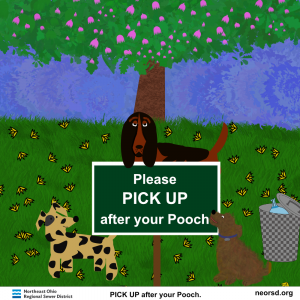Inspiration Behind This Blog Post
Back in the summer of 1989, I was 7 years old. I had moved from rural Goodman, Mississippi, into downtown Goodman, MS. My mother and I lived in a small, one-bedroom apartment. Even though I didn’t have my own room, my mother created a special space just for me. She took my brown folding table and placed it in front of our living room window. She told me to put all my favorite things on it until we get a bigger place and my own room someday. So, I put my dolls, books, Walkman, cassette tapes, diary, record player, and Trapper Keeper notebook on the table. For years, I added and removed items from the table until I finally got my own room at age 11. I was so excited! I did not go outside much, choosing to enjoy my own company as an only child. My summer activities back then involved writing, reading the encyclopedia, listening to music, and watching television.
Zeynep Gecu-Parmaksiz and Janette Hughes, both educational researchers, recently wrote an article about creativity in children’s online summer camps. In it, they wrote:
Creativity can be hindered when individuals are reluctant to take reasonable risks or lack a supportive environment, so fostering a conducive environment, particularly within educational settings, is imperative for supporting creativity. To become successful in life, having knowledge is not enough anymore; people need to think and act creatively. (Gecu-Parmaksiz, Hughes, 2024, para 2.1)
Thinking back on my childhood, I thought of five simple, creative summer activities for children without the use of technology.
Five Creative Offline Activities for Children
- Playing educational board games like Scrabble as a family. Before online games, children and families actually played board games together. Scrabble is a fun and educational game that teaches spelling and sight words to young children and can improve their vocabulary. Also, as you play, you can have a physical dictionary on hand to look up words and their correct spellings. Educational board games are a fun and low-cost summer activity for children to enjoy.
- Buy children’s pens, coloring books, colored pencils, and colored filler writing paper. A great way to teach a child how to write and correctly hold a pencil is to practice at home. Using coloring books, writing tools, and colored paper can make this learning process a lot of fun. In addition, children can become more comfortable with coloring inside the lines. This activity can give parents a chance to talk to their children and their children to talk to them. Quality time as a family may also relieve everyday stress and teach children discipline while learning. One important lesson they could learn is to never give up until you have mastered a skill, such as writing.
- Visit planetariums, children’s art museums, or the zoo. Family outings are another fun summer activity for children. They can spark creativity within a child and curiosity about the world around them. Also, children are given a chance to ask questions while enjoying the exhibits. Gecu-Parmaksiz and Hughes said in their article:
The creative learning spiral (CLS), in other words, the “kindergarten approach to learning,” was proposed by Resnick (2017). First, children can spark an idea (imagine), and based on this idea, they can work on their project (create), then experiment with their creations (play). Then it is time to show their project to others to get feedback and suggestions (share and reflect). In the end, children think about it more and develop new ideas or strategies based on all those interactions (imagine). (Gecu-Parmaksiz and Hughes, 2024, para 2.1)
- Do math drills with your children using a large dry-erase board. Another summer activity for children is helping them learn their numbers, addition, subtraction, multiplication, and division before school starts. Use play money to teach counting and for other math skills, a physical math workbook for elementary students can be helpful.
- Teach your children history and science by checking out physical books from the local public library. Get ready for upcoming school projects by checking out books that teach children history and scientific methods. They also have a chance to get their own library card.
Conclusion
Using educational resources other than technology for creative summer activities can help children solve conflicts in their learning abilities. Moreover, it can help them develop critical thinking skills instead of relying on popular search engines or software applications. Because of learning new ways to be creative over the summer, children can ask questions in class and have intelligent conversations with their classmates.. They can also increase their history and science skills through physical books from their local public library. Visiting museum exhibits is great for increasing their curiosity, while at-home exercises can help with vocabulary, writing, and math skills. Try these activities with your children this summer or any time of year!
For more articles by Alexis Ellis, please visit our Zealousness blog Alexis Ellis Archives – iN Education Inc.





















